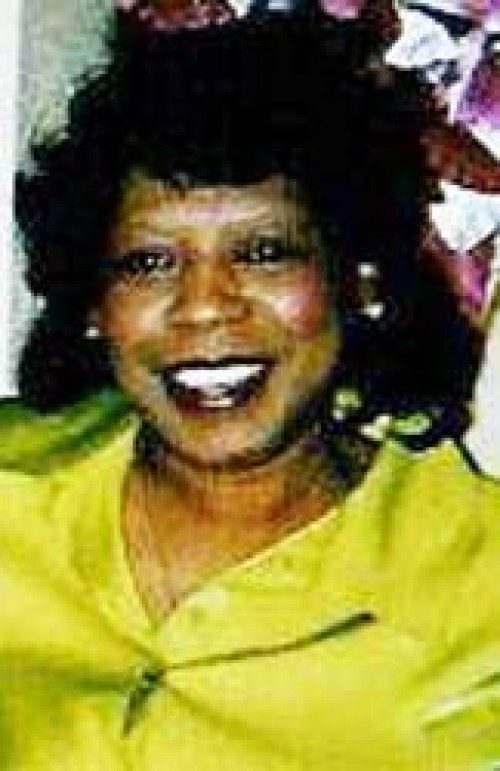Nov. 18
November 18, 2008
Catherine "Cat" Jacobs
November 20, 2008Just as the post-war generation was gaining a sense of social consciousness and angst, John F. Kennedy arrived on the scene.
Dwight Eisenhower had forecast that it was destined to be a time of social and political turmoil. In his farewell address, Eisenhower startled his conservative supporters by warning the nation against business lobbies greedy for government munitions contracts and fat profits. Thus, even before Kennedy took the reigns of power, an ominous cloud covered the American cultural landscape.
For a brief 1,000 days or so, the cloud lifted. Inaugurated on Jan. 20, 1961, Kennedy declared, “The torch has passed to a new generation of Americans.” He called the challenges facing his administration a “New Frontier,” which he proposed to explore boldly, promising to seek “a grand and global alliance to combat tyranny, poverty, disease and war.” Calling for idealistic sacrifices, he demanded of Americans, “Ask not what your country can do for you; ask what you can do for your country.”
Hope for the future was the Kennedy theme and eventually his legacy. The young drew their inspiration for involvement from Kennedy. It was one of the few times in American history that the young felt connected to the government.
With Kennedy, it was much easier to believe that you could shape history and change the world.
I was one of the thousands of young people who were inspired. Some responded to the domestic struggle for African-American civil rights. Others volunteered for the new Peace Corps (created by Kennedy several months after his oath of office).
Kennedy, however, took the oath of office during anxious times. Soviet-supported rebels were attempting a takeover in South Vietnam and Laos. Fidel Castro was threatening to provide the Soviets with a beachhead only a few hundred miles from Florida’s coast, and the economy was in a slump.
Kennedy’s initial response to such challenges seemed to forecast a heavy-handed president. In a nationally televised address, he decried an attempt by Soviet leader Nikita Khrushchev to bully the Allies out of Berlin. This dilemma ended with a wall that divided Berlin for almost 30 years. And with the Cuban missile crisis in October 1962, it seemed that the world was headed for nuclear confrontation.
In June 1963, however, a noticeable shift in the Kennedy presidency began to emerge. The president took a visible turn toward peace and the beginning of an end to the political intensity and frigidity of the Cold War.
Addressing students at American University on June 10, Kennedy rejected the collision course with the Communists he had pursued since the 1961 Bay of Pigs fiasco.
A month later, Kennedy and Khrushchev signed a nuclear weapons treaty banning tests in the atmosphere, in space and beneath the sea. And on June 11, the president sent new civil rights legislation to Congress.
There were also signs that Kennedy was moving toward disengagement of American military forces in Vietnam, which began with the withdrawal of 1,000 of 17,000 advisers by the end of 1963.
In addition, the president was quietly opening a dialogue with Castro, backing away from the Cuban exiles he had initially supported at the Bay of Pigs. Kennedy was also pursuing a truce with the Soviets – something that would be known a decade later as “détente.”
Kennedy had obviously seen the sinister haze of nuclear war and sought peace. His failure at the Bay of Pigs had taught him a lesson about the developing shadow government. Kennedy said he would “splinter the CIA into a thousand pieces and scatter it to the winds.” In other words, his clear direction seemed headed toward a confrontation with the military-industrial complex warned against by Eisenhower.
Thus, by November 1963, Kennedy had accumulated a long list of powerful enemies who might seek survival of their interests in his death.
Clearly, more than a man died in Dallas on Nov. 22, 1963. The American Dream left on the funeral plane with the fallen president. The age of innocence had ended.
Just two days after Kennedy’s death, Lyndon Johnson signed a national security memorandum restating that the United States’ goal in Vietnam was helping the Saigon government gain a military victory.
Johnson immediately began projecting a strong military image, and the movement toward détente ended.
But the Vietnam War dragged on and on, with no victory in sight. The war eventually depressed national morale, drove Johnson out of office and divided America.
By 1968, revolution was in the air. But the revolution imploded on itself. Affirmations of peace and love quickly faded into cynicism as Martin Luther King Jr. and Robert Kennedy became part of the assassination mosaic. And the walking wounded from Vietnam were everywhere. The “New Frontier,” without the Kennedy inertia to drive it forward, had become a lost world.
Even the government seemed to be unraveling. In June 1972, the Watergate scandal, which implicated Nixon, was unearthed. By 1973, the presidency was on the brink of collapse.
Watergate crushed whatever idealism was left after the Kennedy assassination, which convinced Americans that they could not trust their neighbors; Watergate convinced Americans that they could not trust their president.
From there, the Ford, Carter, Reagan, Clinton and Bush administrations flushed over us. None of them restored the youthful hope Kennedy had given us. And it will be some time before we see the impact an Obama presidency will have on the nation long-term. In the meantime, we would do well to remember that hope – at least the kind that Kennedy emboldened – needs much more than a good turnout at the polls to revive it.








